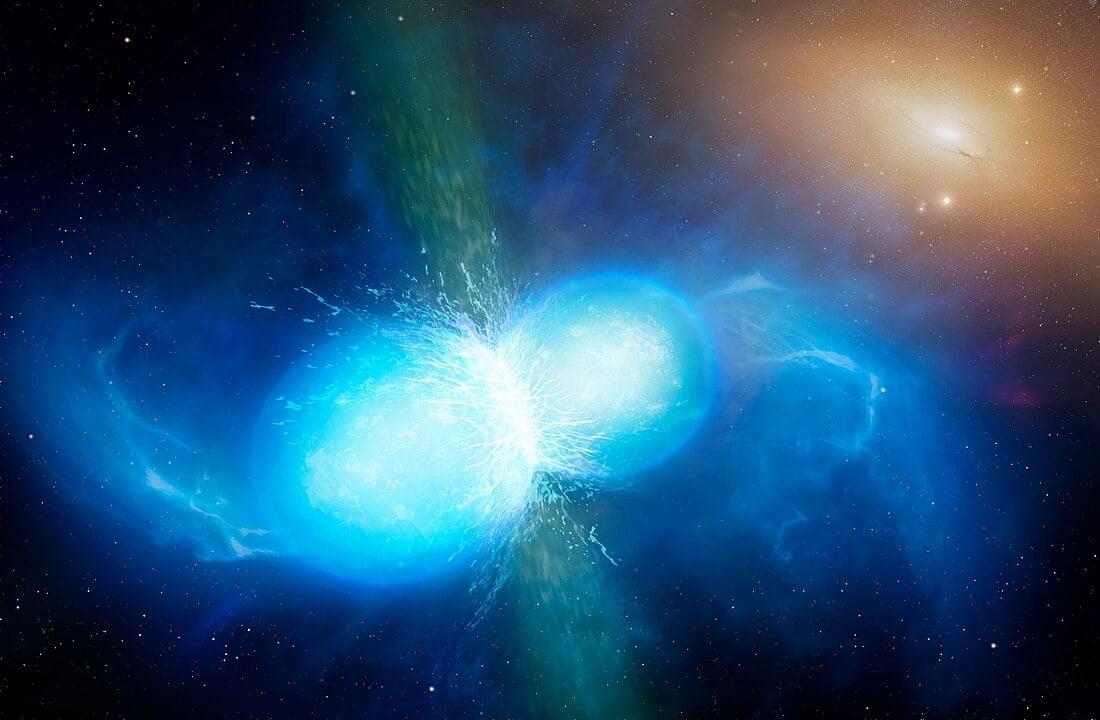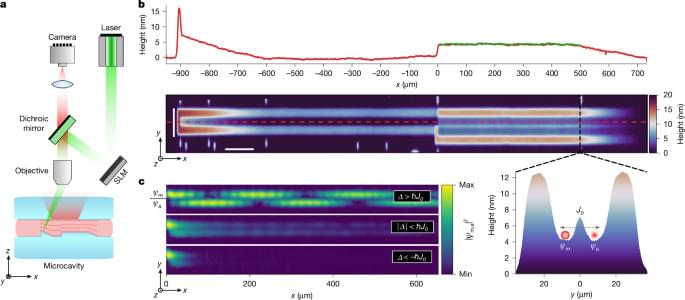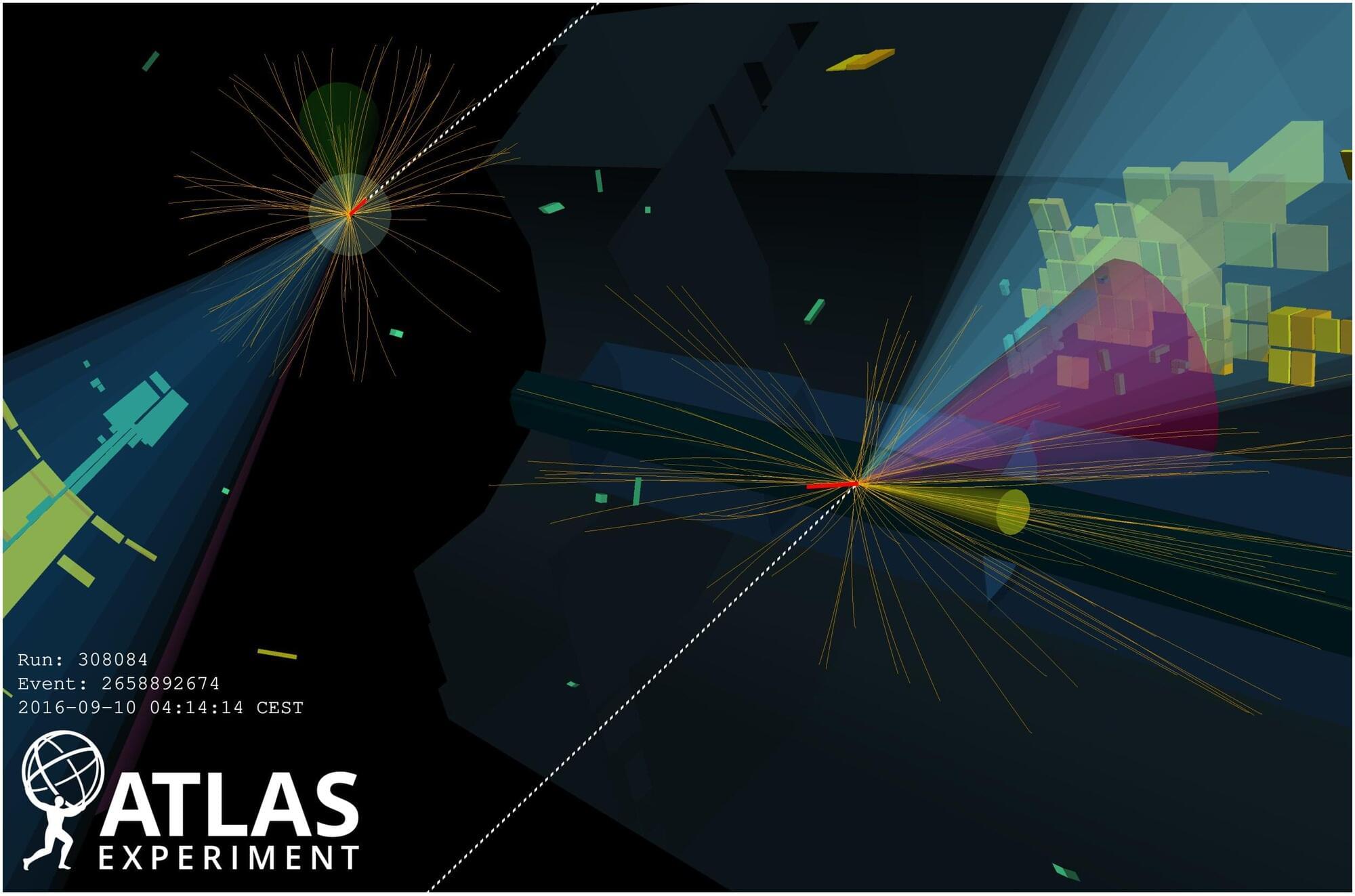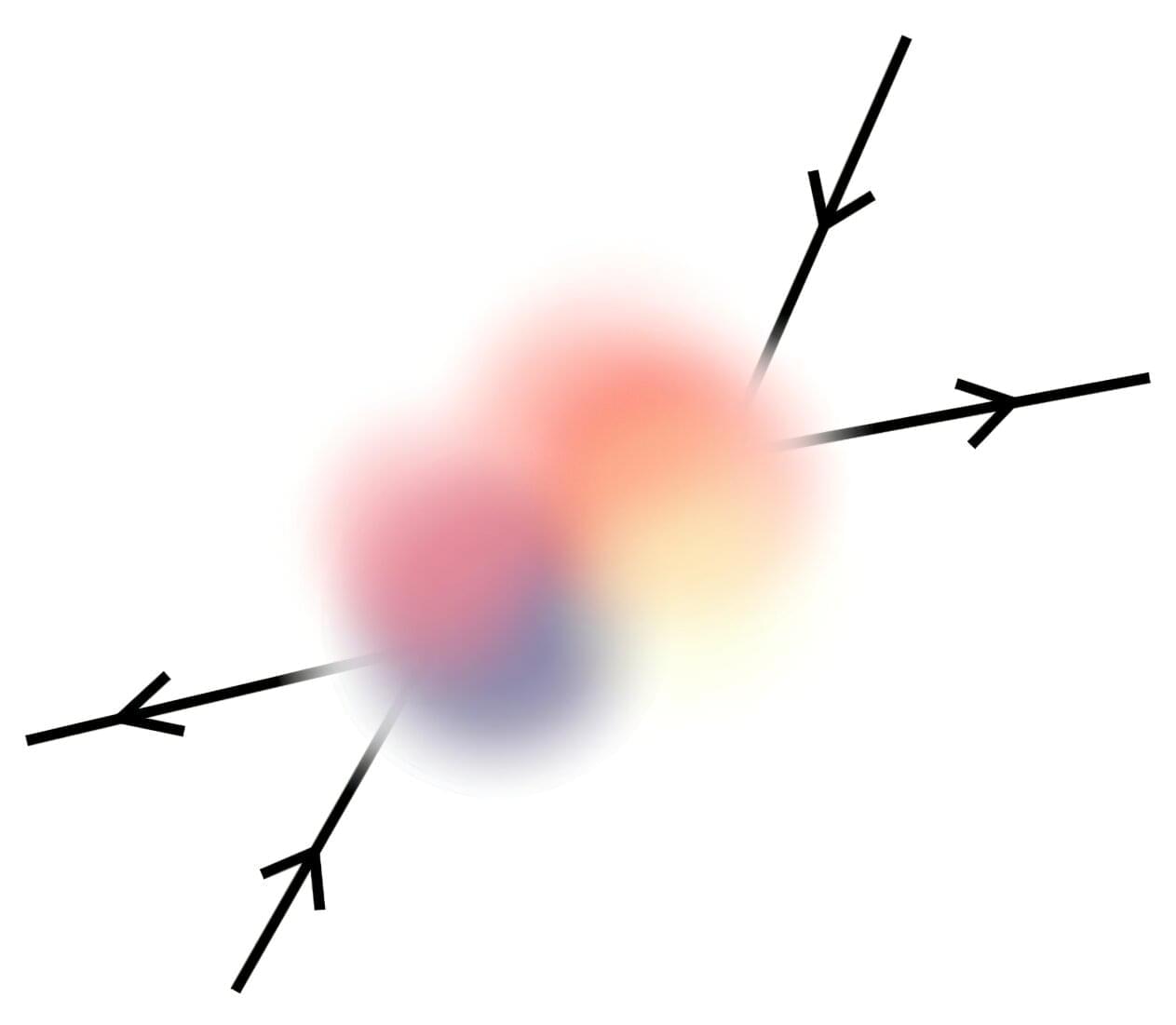When Einstein’s predicted ripples in spacetime pass through magnetic fields, they cause the current carrying wires to dance at the gravitational wave frequency, creating potentially detectable electrical signals. Researchers have discovered that the same powerful magnets used to hunt for dark matter could double as gravitational wave detectors. This means experiments already searching for the universe’s most elusive particles could simultaneously capture collisions between black holes and neutron stars, getting two of physics’ most ambitious experiments for the price of one, while potentially opening entirely new windows into the universe’s most violent events.








